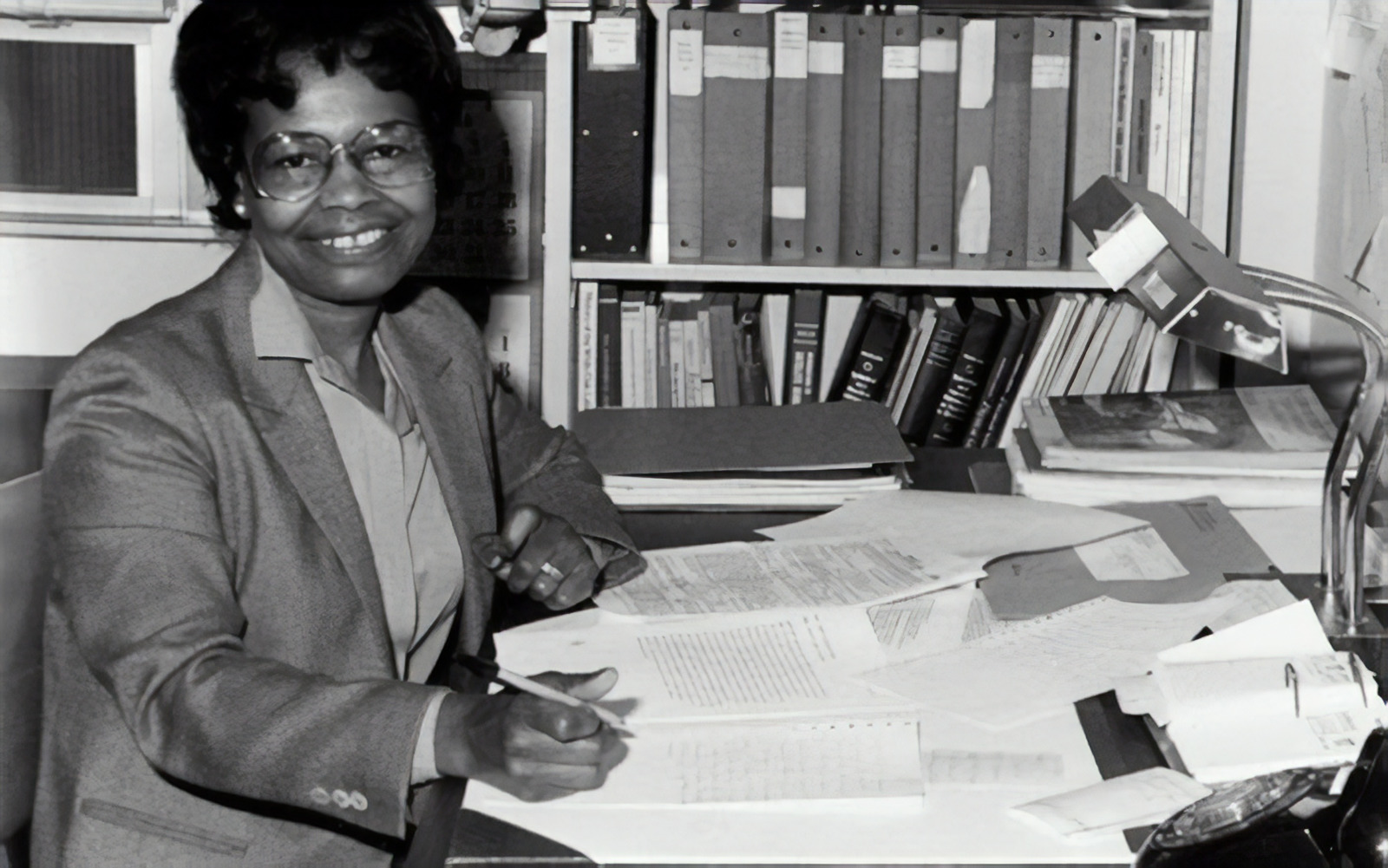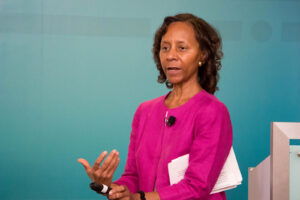Dr. Gladys Mae West was born in Sutherland, Virginia in a rural county just north of Richmond. She was one of many children who helped on her family’s farm. She was the daughter of sharecroppers; her mother worked in a tobacco factory and her father was a farmer who also worked on the railroad. She knew at an early age she did not want to become a sharecropper or work in a factory and concluded that the only way to avoid either was with an education. West enrolled in school and was an amazing student, the only thing standing in her way was the financial strain it placed on her family. Her parents did the best they could to save, however, trying to provide for a family on the wages of sharecroppers proved to be challenging. West began babysitting to earn extra money to help with school. Her determination to succeed paid off and she graduated high school in 1948 as valedictorian. She was one of the top two students in the school and earned a full scholarship to Virginia State College (now Virginia State University).
After narrowing her options down to either science or math, she decided to pursue a degree in mathematics. At the time this was a huge deal because math was typically studied by men. West graduated college with a Bachelor’s in Mathematics and began her career as a math teacher in 1952. Two years later she returned to earn her master’s degree in 1955 and took another teaching position in Martinsville, Virginia. Her career blossomed in 1956 when she was hired as a programmer for the Naval Surface Warfare Center. She was the second black woman ever hired and only one of four black employees. She was a programmer for large scale computers and a project manager for data processing systems and satellite data.

In the early 1960s she put more focus into analyzing data from satellites and participated in an award-winning astronomical study that proved the regularity of Pluto’s motion relative to Neptune. She became project manager for the Seasat Radar Altimetry project, the first satellite that could remotely sense oceans. West consistently put in extra hours, cutting her team’s processing time in half. She was later recommended for a commendation in 1979 for her exceptional contribution and commitment. She is also recognized for creating complex algorithms and models that could accurately determine the shape of the earth, models which became the basis of the Global Positioning System (GPS). Her research also contributed greatly to the accuracy of satellite geodesy. After retiring in 1998, she attended Virginia Tech where she earned a PhD in Public Administration.
She was the recipient of countless awards and honors, such as the award for “Female Alumna of the Year” at the Historically Black Colleges and Universities Awards sponsored by HBCU Digest in 2018. West was also inducted into the United States Air Force Hall of Fame in 2018, one of the highest honors bestowed by Air Force Space Command (AFSPC). The AFSPC press release at the time called her one of “the so-called ‘Hidden Figures’ part of the team who did computing for the US military in the era before electronic systems”. West has proven herself repeatedly to be a great mathematician, creating a legacy that spans many years and continues to be a source of inspiration and perseverance in the fields of science and technology.



